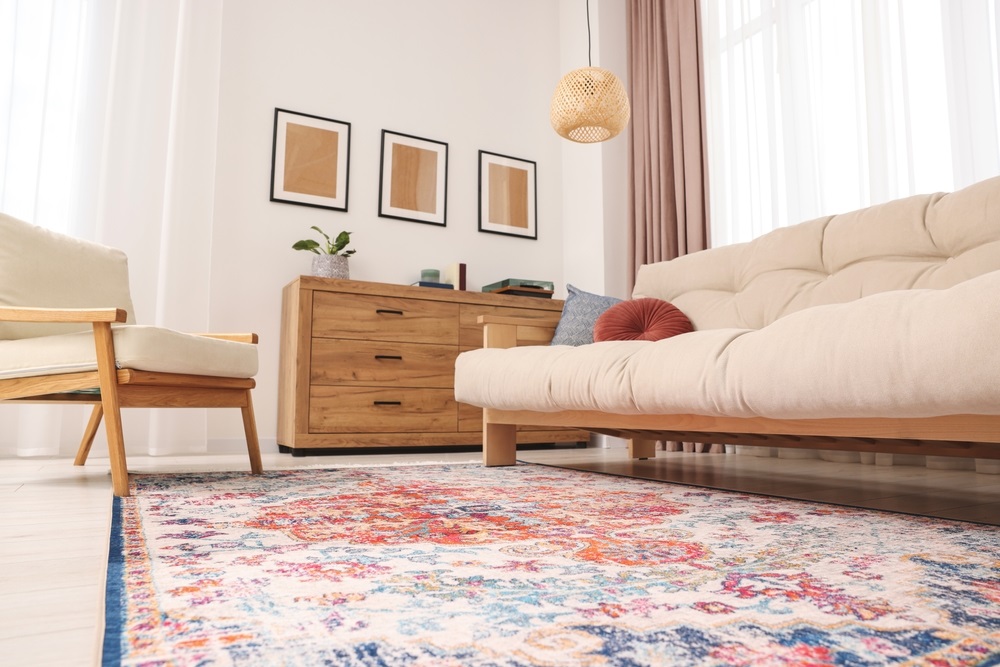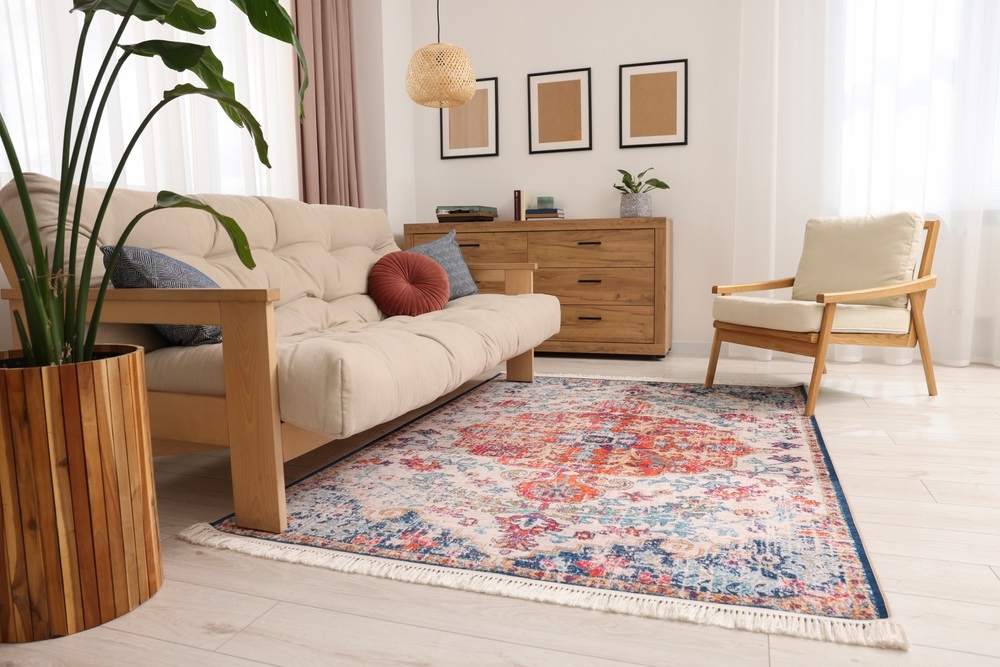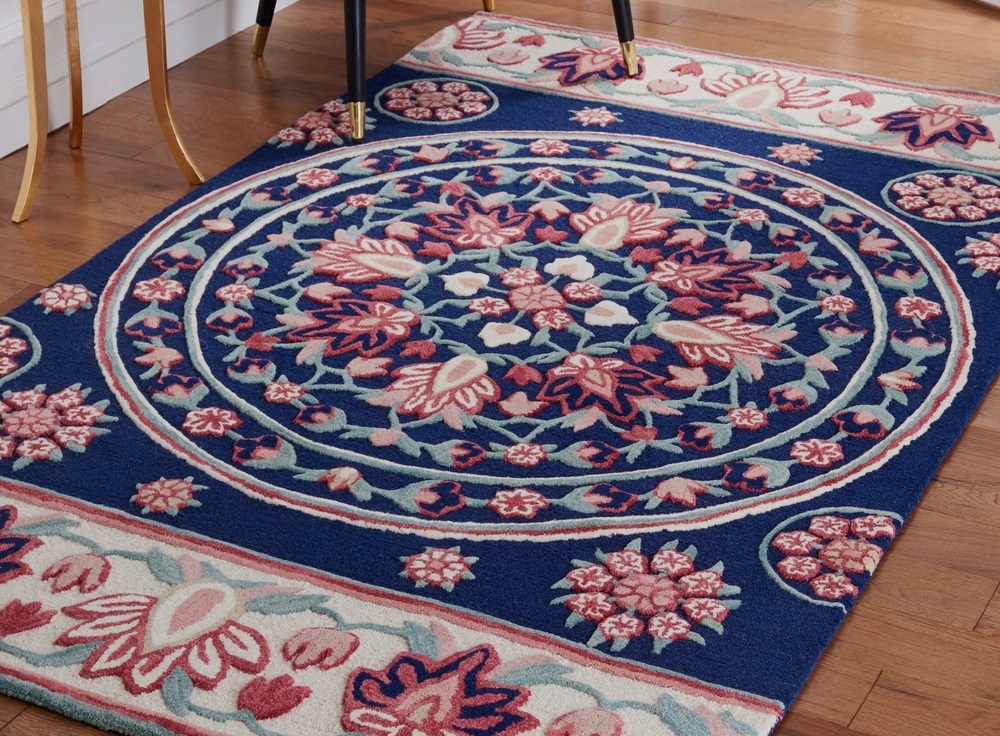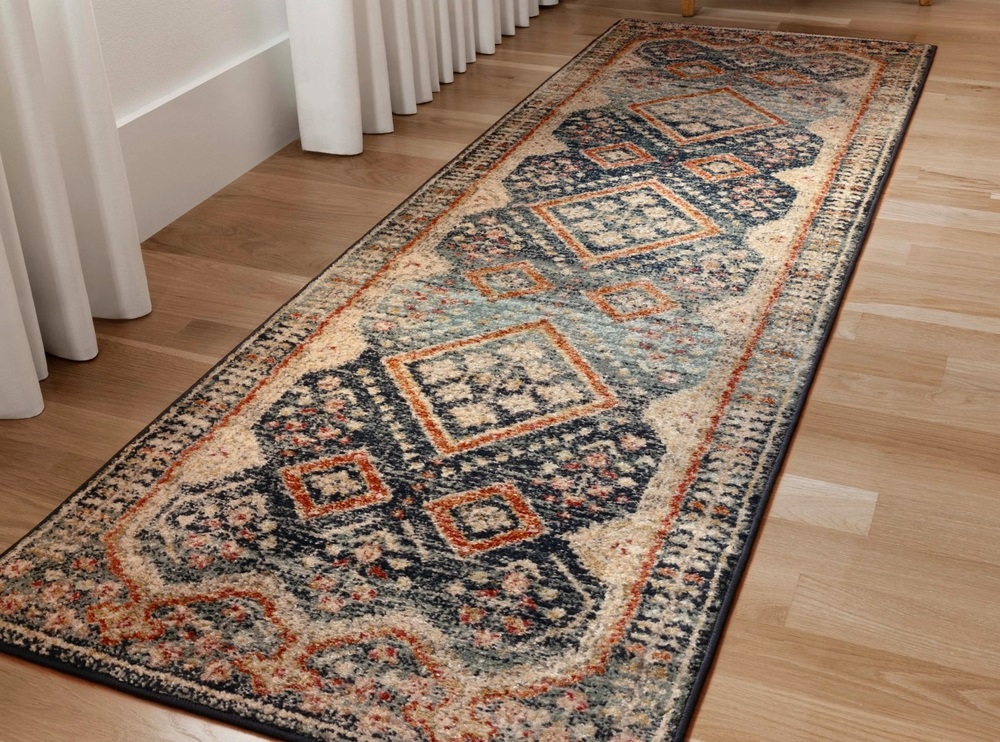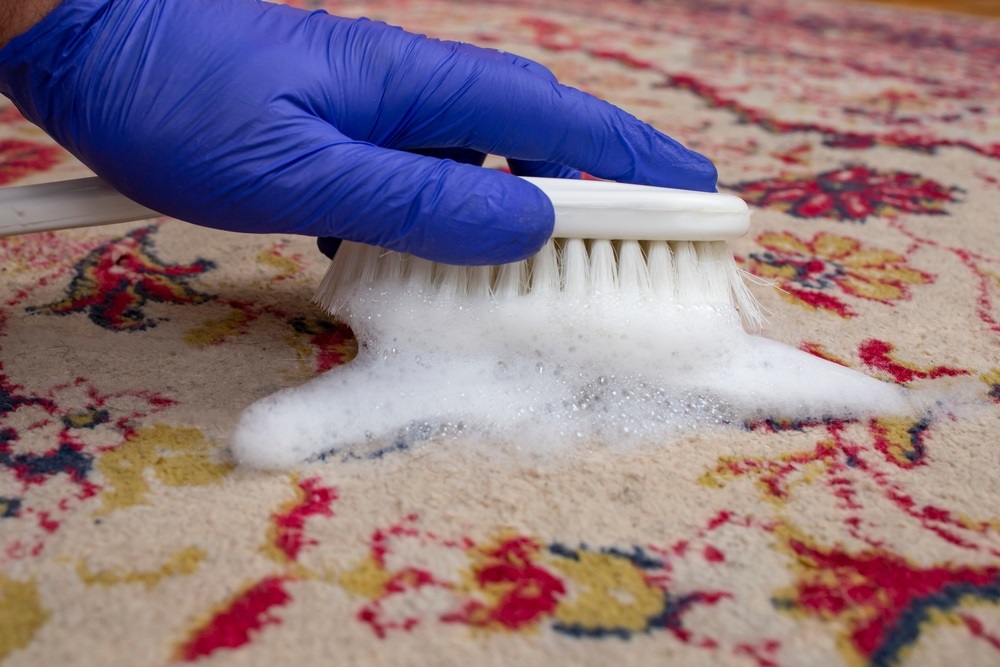
How Do Professionals Clean Oriental Rugs?
Oriental rugs are beautiful, intricate, and often valuable pieces that can transform any space with their vibrant colors and patterns. However, they also require proper maintenance to preserve their beauty. Cleaning them is a delicate task that requires knowledge and skill to avoid damage. So, how do professionals clean oriental rugs without causing harm? This article by Rug Cleaning Orlando will take you through every step of the professional rug cleaning process and explain why leaving it to experts is often the best option.
Why Professional Cleaning is Crucial for Oriental Rugs
Oriental rugs are made from delicate fibers such as wool, silk, or cotton, and their dyes are typically natural, which makes them prone to bleeding or fading if handled improperly.
Dust, dirt, and allergens can settle deep within the fibers, leading to deterioration over time. Cleaning these rugs isn’t just about removing visible dirt; it’s about protecting their structure and value. This is why professionals use specialized methods that are gentle yet thorough.
Initial Inspection and Pre-Treatment
The first step in answering how do professionals clean oriental rugs involves a thorough inspection. Professionals examine the rug to assess its age, fiber type, dye stability, and any existing damage such as tears or fraying. They also test for colorfastness to ensure the cleaning process won’t cause the colors to bleed.
Spot Treatments and Stain Identification
After inspection, specific areas that require extra attention are identified. If there are stubborn stains such as wine, pet urine, or food spills, professionals will apply targeted spot treatments. These treatments are formulated to break down the specific substances without damaging the rug’s fibers or colors.
Dusting: Removing Deep-Set Dirt
Before any wet cleaning begins, dust and loose debris must be removed. Dust can act as an abrasive material that wears down the fibers over time. Professionals use a technique called “dusting,” which involves using compressed air or specialized equipment to remove embedded dirt. This process is much more effective than vacuuming and is critical to maintaining the rug’s longevity.
Professional Dusting Techniques
A common tool for dusting is a rug beater or vibrating machine, which gently shakes the rug to dislodge dirt trapped deep within the fibers. For extremely delicate or antique rugs, softer methods such as air dusting or hand brushing may be employed.
Washing the Oriental Rug: A Gentle and Thorough Process
When people ask how do professionals clean oriental rugs, the washing process is often the most anticipated step.
Unlike conventional carpet cleaning methods, professionals use water carefully and always select pH-balanced cleaning solutions. These solutions are designed to protect natural fibers and prevent color bleeding.
Hand Washing vs. Machine Washing
For many oriental rugs, hand washing is the preferred method. Using gentle brushes, professionals clean each section of the rug by hand, paying close attention to the direction of the fibers and knotting. Machine washing, while quicker, is only suitable for certain types of rugs and only when the fibers are deemed strong enough.
Cleaning Equipment for Oriental Rugs
In addition to hand washing, specialized rug-washing machines are used for larger or more resilient rugs. These machines gently agitate the rug in a water bath, ensuring even cleaning without harsh scrubbing. High-tech equipment such as centrifuges may also be used to speed up the drying process while minimizing wear on the fibers.
Rinsing and Extracting Water
After cleaning, thorough rinsing is essential. Residual soap or cleaning agents can attract dirt and leave a sticky residue, causing the rug to become dirty faster. Professionals ensure all cleaning products are completely rinsed out of the rug using filtered water, which prevents mineral deposits from affecting the fibers.
Rinsing and Extracting Water
After cleaning, thorough rinsing is essential. Residual soap or cleaning agents can attract dirt and leave a sticky residue, causing the rug to become dirty faster. Professionals ensure all cleaning products are completely rinsed out of the rug using filtered water, which prevents mineral deposits from affecting the fibers.
Controlled Drying: Avoiding Damage
After cleaning, rugs are often laid flat or hung up to air dry in a controlled environment.
Direct sunlight or excessive heat can cause fading, shrinkage, or damage to the fibers, so professionals carefully control the drying environment. Heated drying rooms may be used to speed up the process without applying direct heat to the rug.
Why Temperature Control Matters
Oriental rugs, especially those made from wool or silk, are sensitive to temperature fluctuations. Professionals use temperature and humidity controls to ensure the rug dries evenly and completely. This prevents rug fibers from stiffening or curling, preserving the rug’s original texture.
Grooming the Rug: Restoring the Original Look
Once the rug is dry, professionals may groom the rug by brushing the fibers to restore their natural direction and fluffiness. Any loose or damaged fringes are carefully repaired, and the rug is examined for any issues that may need attention.
Before the rug is returned, a final inspection ensures it meets the highest standards. Professionals will look for any missed spots, uneven drying, or damage that may have occurred during the cleaning process. Any necessary touch-ups are done to ensure the rug looks and feels as good as new.
Protecting and Maintaining Oriental Rugs After Cleaning
After cleaning, professionals often apply a fiber protector that helps prevent future staining and soiling.
These protectants are safe for delicate rugs and create a barrier that makes spills easier to clean up.
While professional cleaning can rejuvenate an oriental rug, proper at-home care is also essential. Vacuuming regularly, rotating the rug to even out wear, and keeping it out of direct sunlight are all vital practices for maintaining its beauty. Professionals may also recommend periodic re-cleaning depending on the rug’s use and environment.
How Do Professionals Clean Oriental Rugs vs. DIY Methods?
Many homeowners consider cleaning their rugs at home, but this often leads to more harm than good. Store-bought rug shampoos and household cleaners can damage the fibers, and improper drying can lead to mold. Professional rug cleaners have the tools and expertise to avoid these pitfalls.
Professional cleaning equipment is designed specifically for delicate rugs. This includes everything from pH balanced cleaners to industrial-grade drying equipment. The precision and care that professionals offer make a significant difference in the results.
The frequency of cleaning depends on the rug’s location, usage, and exposure to dirt. Most professionals recommend having oriental rugs cleaned every 12 to 18 months. However, homes with pets, high foot traffic, or allergy sufferers may benefit from more frequent cleanings.
FAQ
How often should oriental rugs be professionally cleaned?
Oriental rugs should be professionally cleaned every 12 to 18 months, but homes with pets or heavy traffic may require more frequent cleaning.
Can I clean my oriental rug at home?
It’s possible to clean an oriental rug at home, but improper methods can cause damage. It’s safer to trust professionals who have the tools and knowledge to clean delicate rugs.
What is the best way to remove stains from an oriental rug?
The best way to remove stains is to blot them immediately with a clean cloth. Avoid scrubbing, and call a professional cleaner to prevent permanent damage.
Do professional cleaners use harsh chemicals on oriental rugs?
No, professional cleaners use pH-balanced, eco-friendly solutions that are safe for delicate fibers and natural dyes.
How long does it take to professionally clean an oriental rug?
The cleaning process usually takes between 7 to 10 days, depending on the rug’s size, material, and level of soiling.
What is the most common issue with DIY rug cleaning?
One of the biggest issues with DIY rug cleaning is over-wetting the rug, which can lead to mold, mildew, and fiber damage.
Conclusion
For Orlando residents, preserving the beauty and value of your oriental rugs requires expert attention. At Rug Cleaning Orlando, we specialize in cleaning delicate, antique, and high-end oriental rugs using the industry’s most advanced techniques. Our team ensures that every rug is carefully inspected, cleaned, and dried in a way that preserves its intricate beauty.
We understand the investment you’ve made in your rugs, and we’re committed to maintaining them for years to come. If you’re looking for reliable, expert care, contact us today to experience the difference that professional rug cleaning can make.

